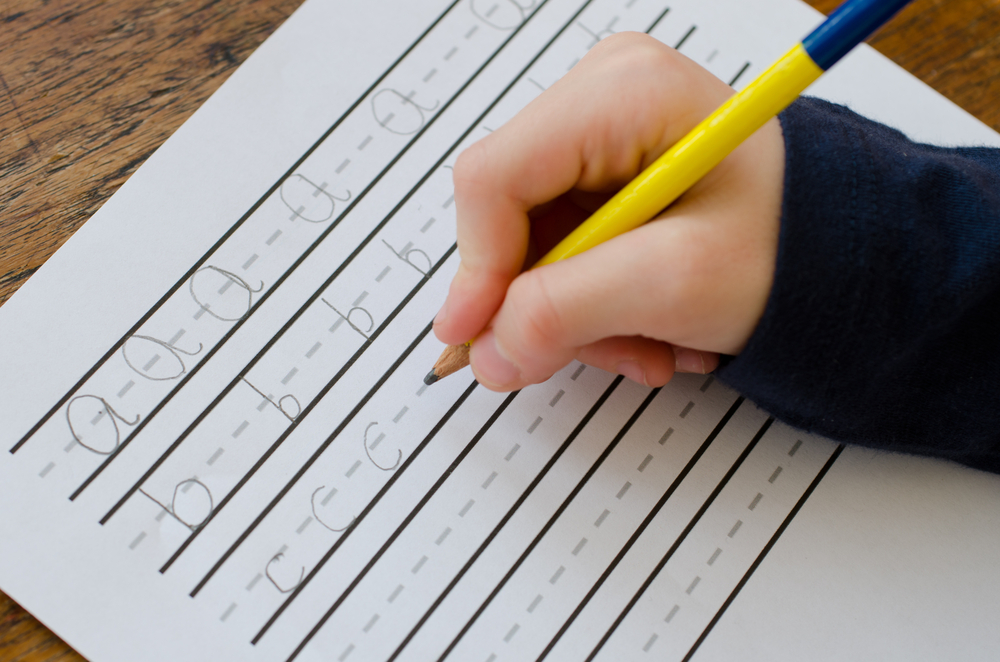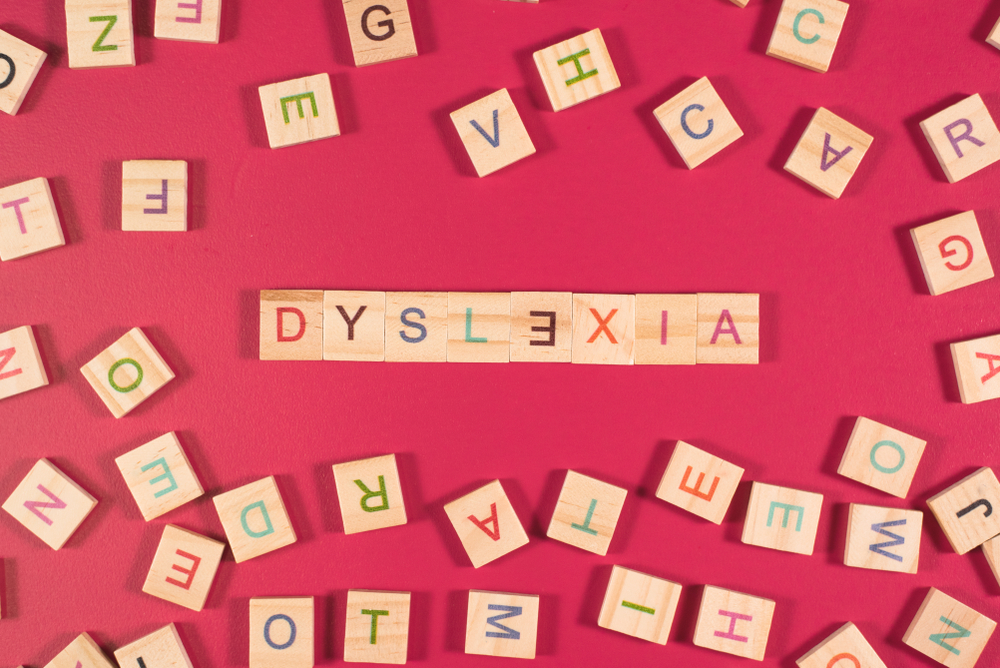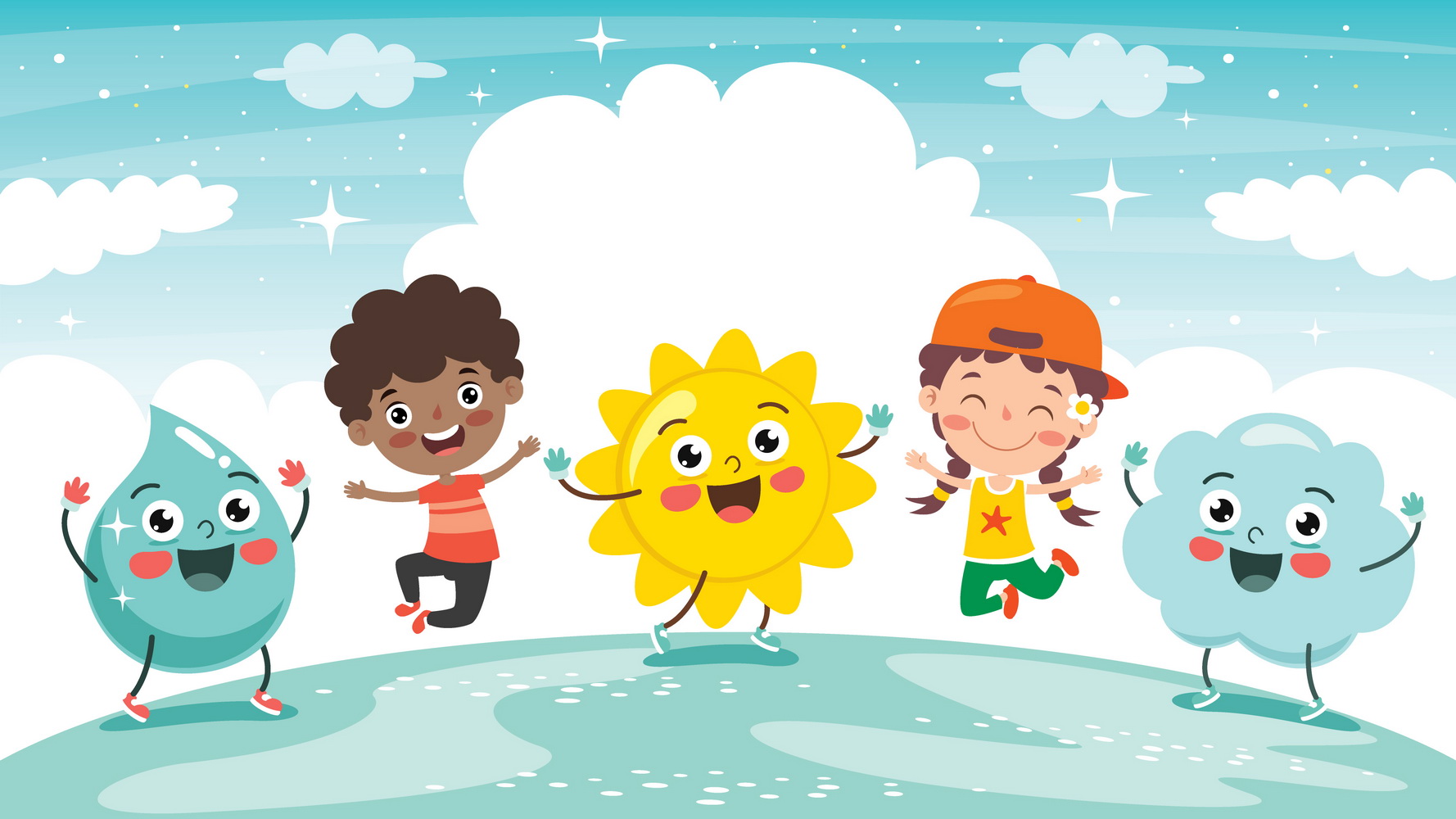Sound recognition Normal Worksheets for Ages 5-6
11 filtered results
-
From - To
Introducing our "Sound Recognition Normal Worksheets" designed specifically for children ages 5-6! These engaging worksheets focus on enhancing phonemic awareness through interactive activities that make learning fun. Each worksheet encourages kids to identify sounds, match words to pictures, and recognize beginning sounds in various words. By practicing sound recognition, children improve their reading and language skills, laying a strong foundation for future literacy. Our colorful and captivating worksheets are easy to print and perfect for home or classroom use. Foster a love for learning while developing essential skills with our expertly crafted sound recognition materials! Start your child’s learning journey today!
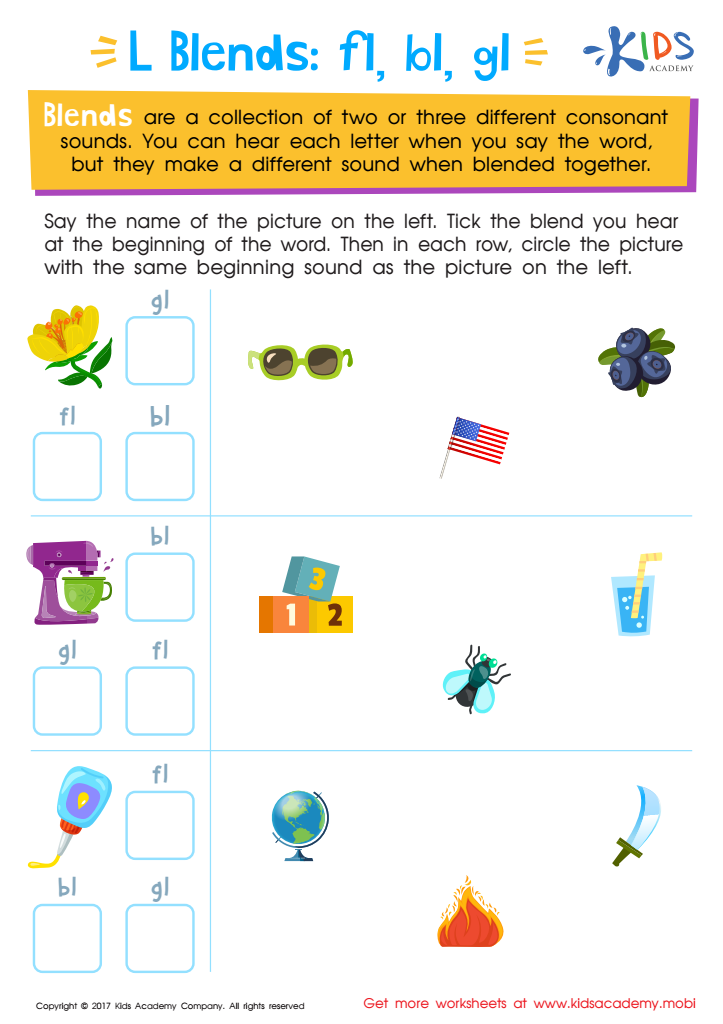

Blending Consonants: "Fl", "Bl" and "Gl" Printable
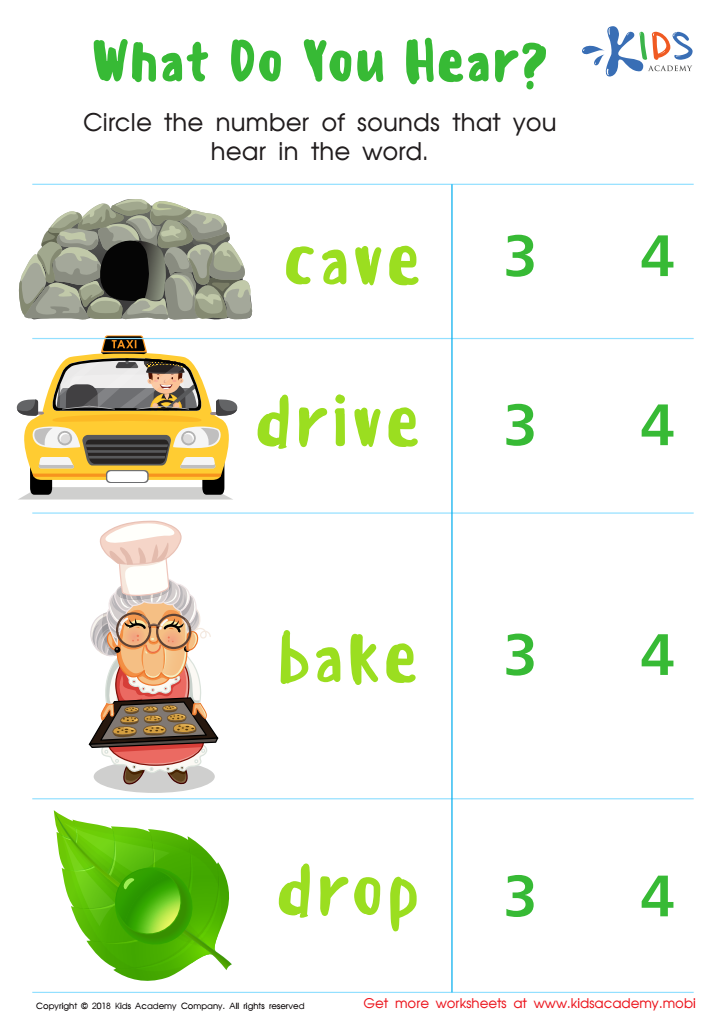

What Do You Hear? Worksheet
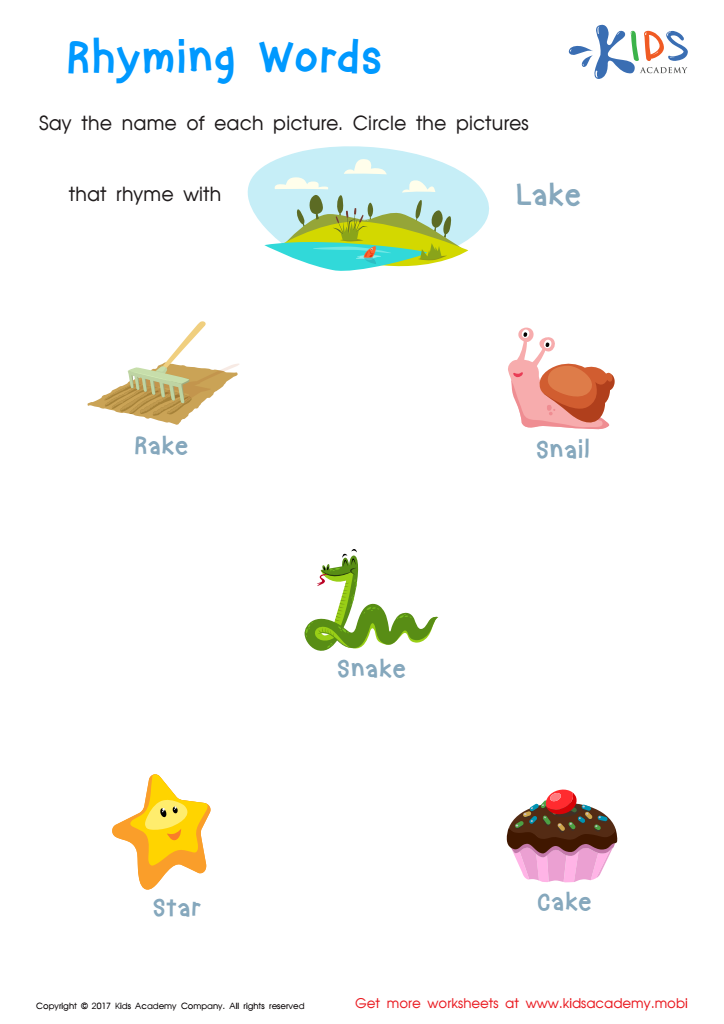

Rhyming Words Rhyming Worksheet
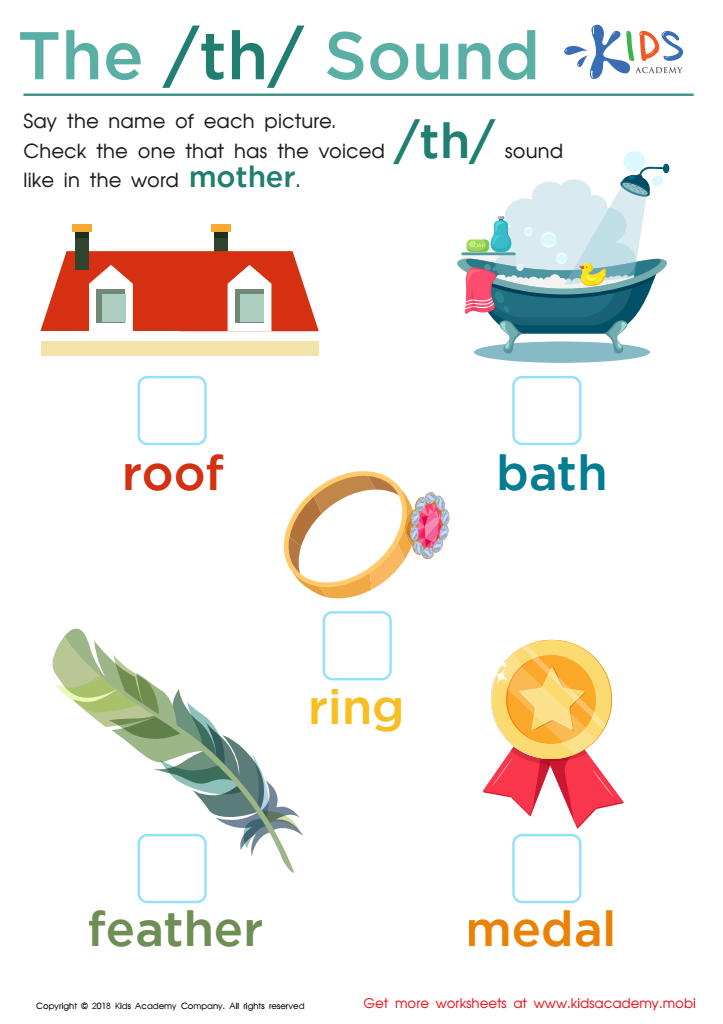

The /th/ Sound Worksheet
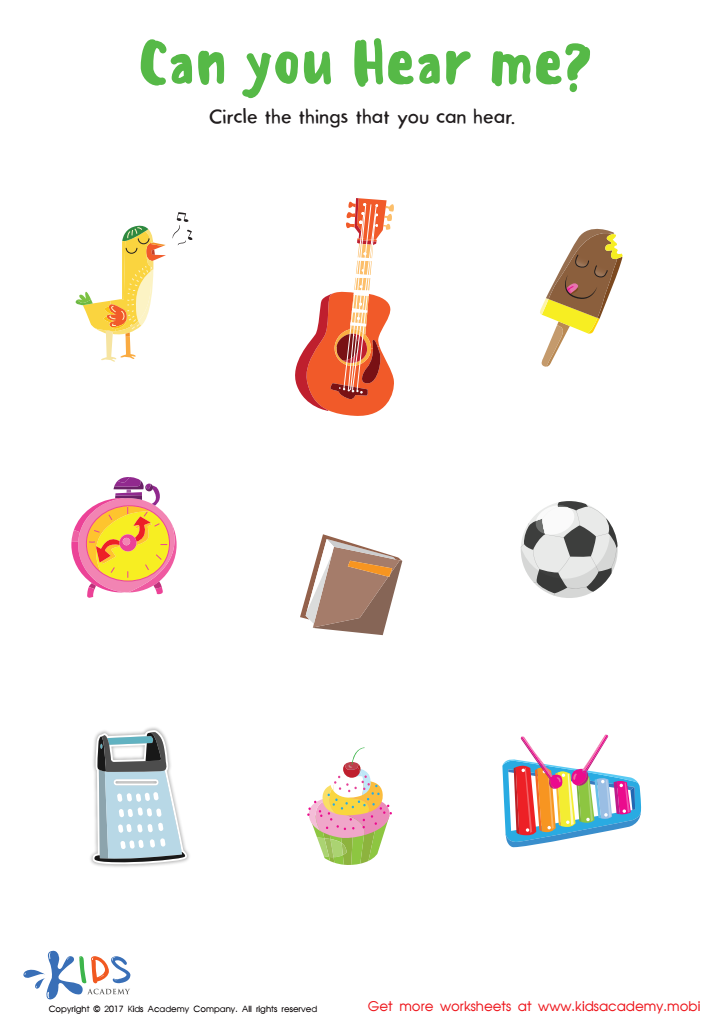

Can You Hear Me Worksheet
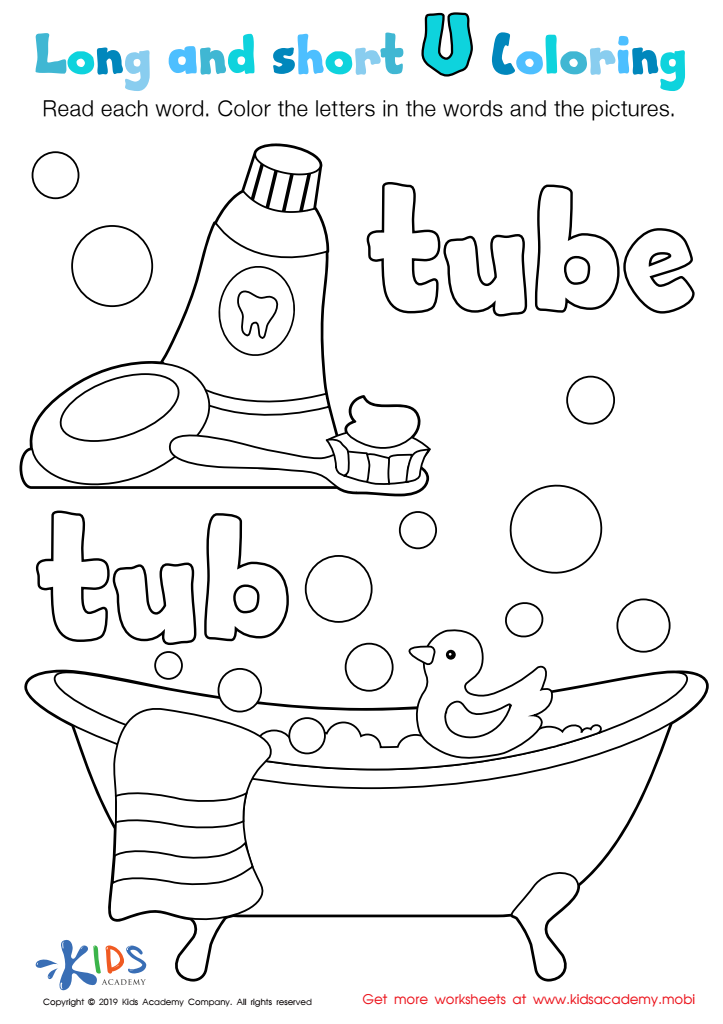

Long and Short U Worksheet
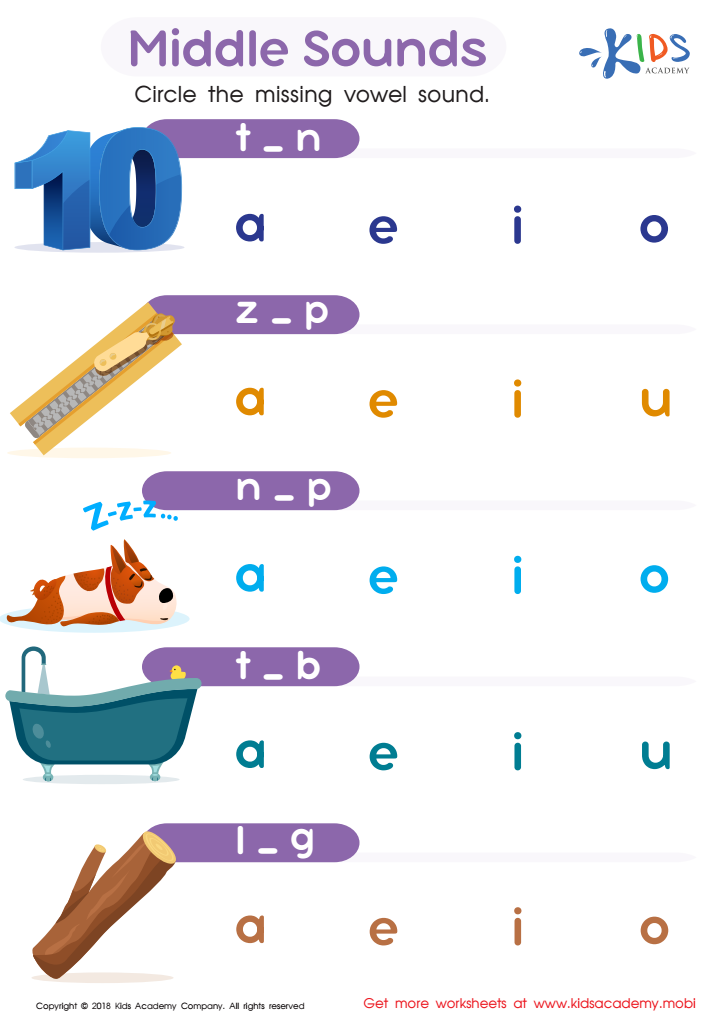

Middle Sounds Worksheet
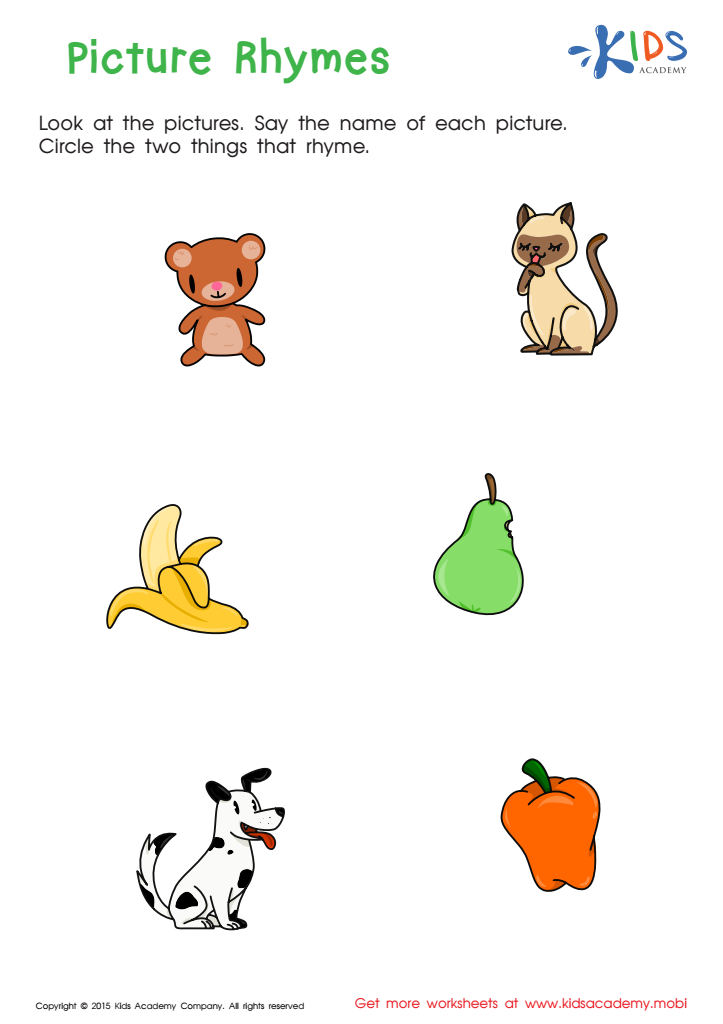

First Words: Picture Rhymes Worksheet
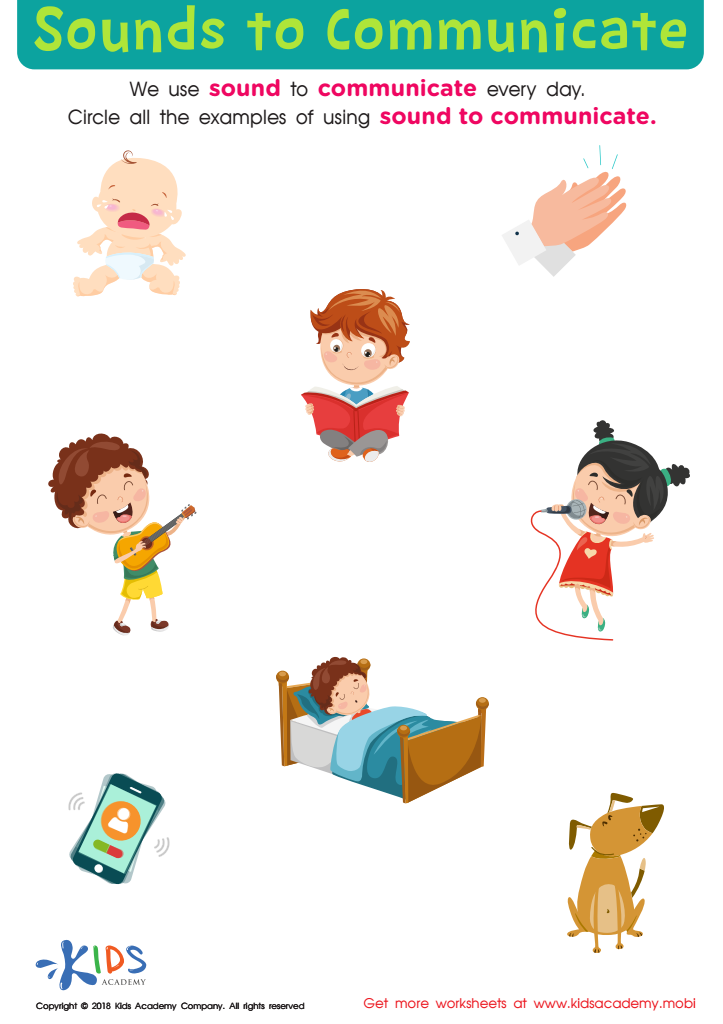

Sounds to Communicate Worksheet
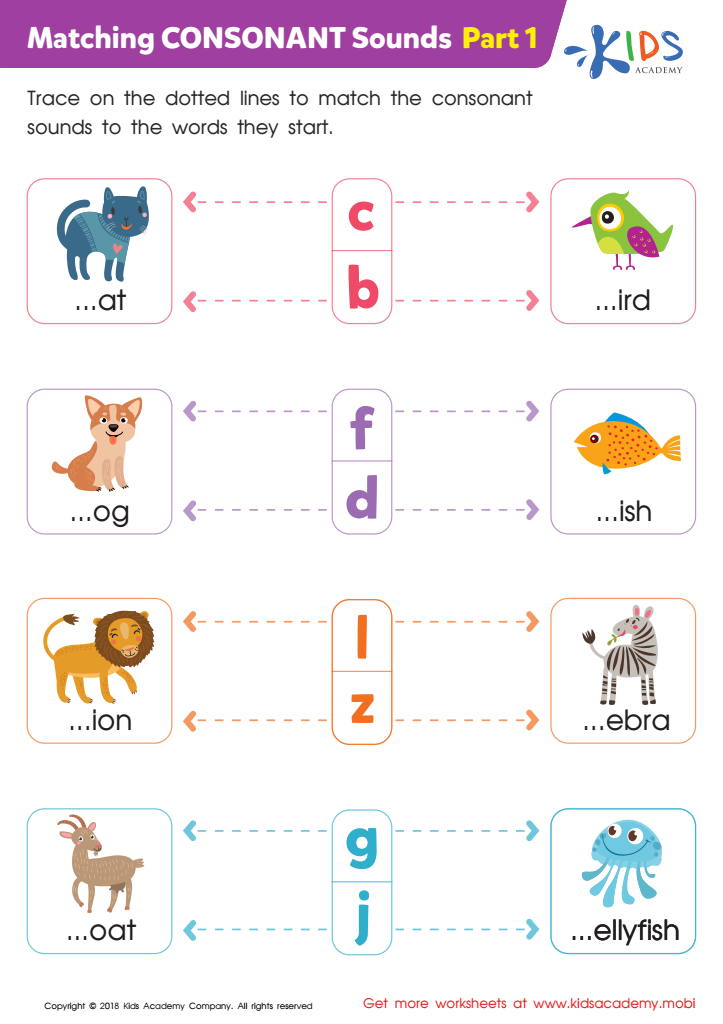

Matching Consonant Sounds: Part 1 Worksheet
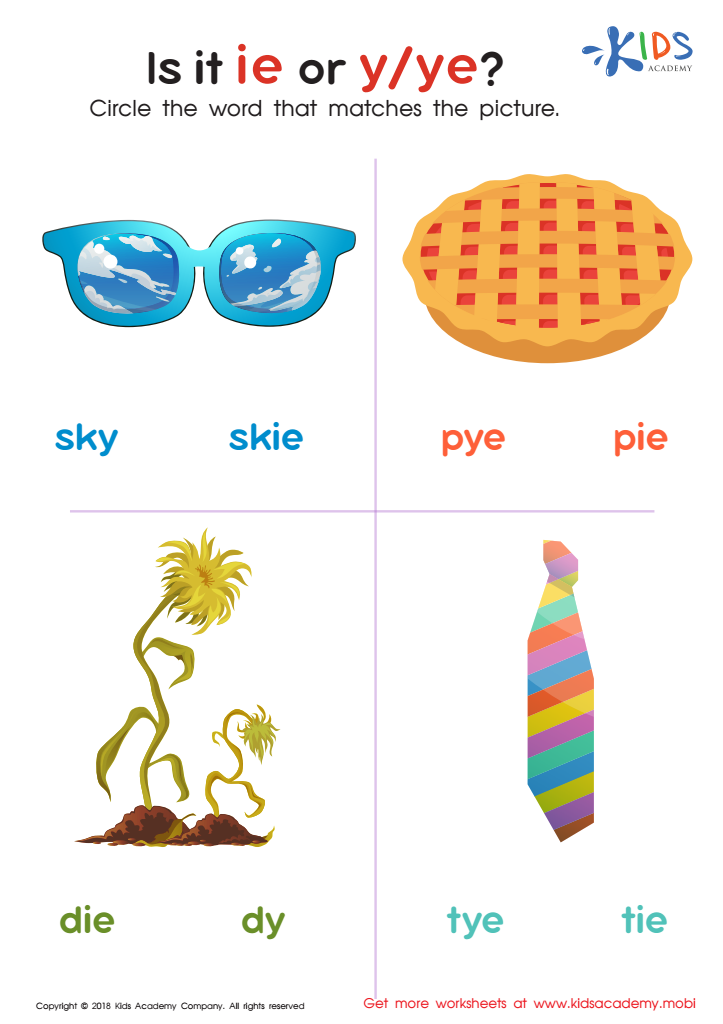

Is It IE or Y/Ye? Worksheet
Sound recognition is a crucial skill for children ages 5-6, as it lays the foundation for literacy and communication. During this developmental stage, children begin to associate sounds with letters, enabling them to decode words and develop early reading skills. When parents and teachers focus on sound recognition, they help children identify and differentiate between various sounds, which is vital for phonemic awareness—the understanding that words are made up of individual sounds.
Additionally, sound recognition can enhance vocabulary development and listening skills. Children who master this skill can better understand spoken language, follow instructions, and engage in conversations. Furthermore, strong sound recognition abilities lead to improved confidence in reading and oral communication, which often translates into long-term academic success.
By integrating fun activities—like rhymes, songs, and sound games—into daily learning routines, parents and teachers can make the process enjoyable and effective. This investment in early sound recognition not only benefits literacy but also promotes cognitive development, social interaction, and emotional well-being. When adults prioritize this crucial aspect of early education, they foster stronger, more prepared learners ready to take on the challenges of the future.
 Assign to My Students
Assign to My Students



